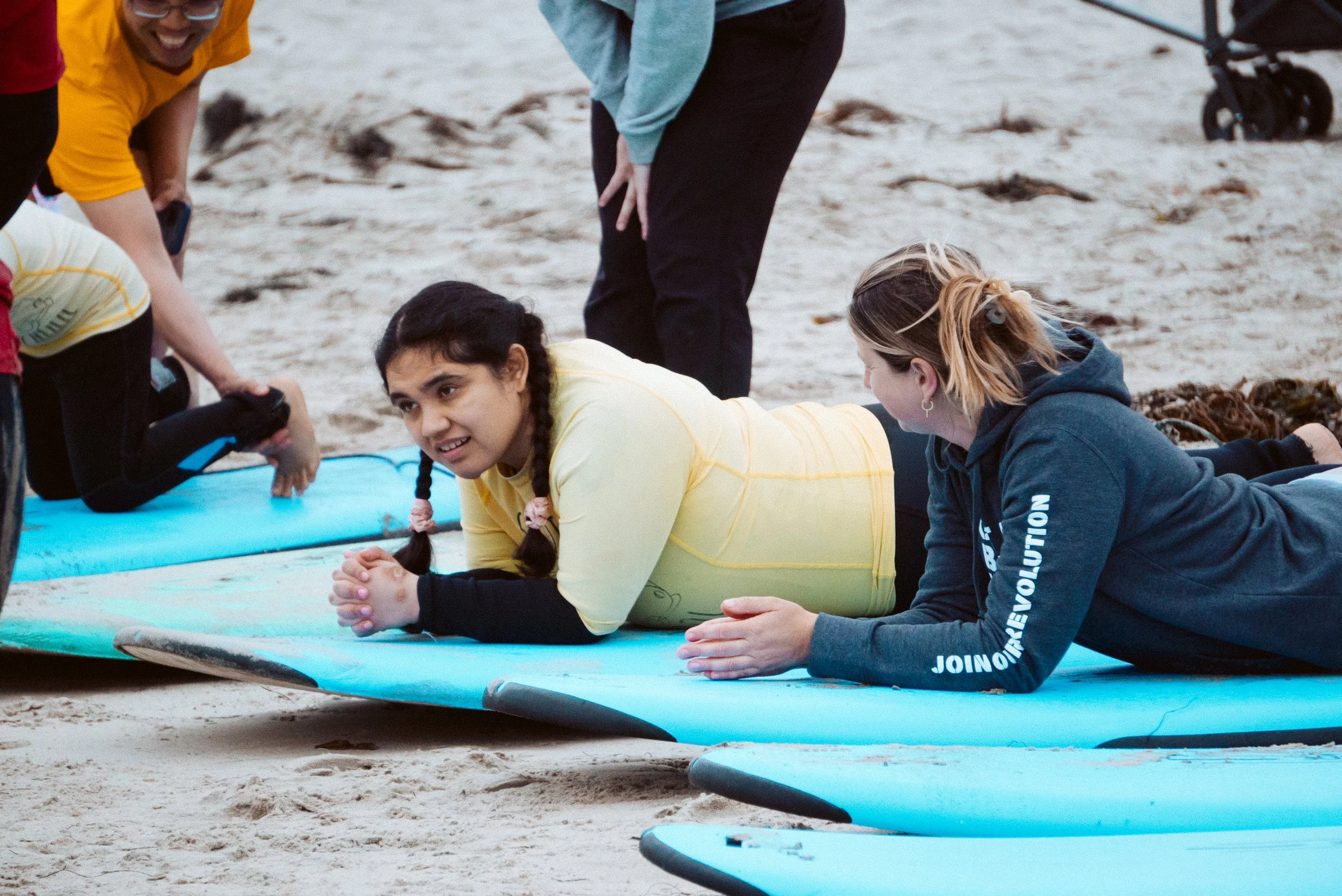Why a Strengths-Based Approach Matters in Autism Support
By Jessica Jordan, MS. OTR/L
Strengths-Based Therapy for Autism: Empowering Neurodivergent Individuals
After spending nearly two full days immersed in the 2022 Autism Symposium hosted by PESI, I walked away with many meaningful insights. But one message stood out more than anything else: the importance of using a strengths-based approach in autism support.
This wasn’t just a clinical suggestion—it was a call from autistic voices themselves. Too often in healthcare and therapy spaces, we focus on deficits: what’s “missing,” what’s hard, what needs to be “fixed.” But again and again, I was reminded that true support doesn’t start with what someone struggles with—it starts with who they are, and what they bring to the table.
As therapists, we often enter the field because we want to help. Maybe that looks like supporting someone after a stroke to bathe again, helping a child develop fine motor skills, or working in a group home to support daily mobility. At times, I want to provide OT for everyone because I think it is such a wonderful therapy that probably everyone could benefit from. It’s beautiful work—but we have to be careful. That desire to help can sometimes become unintentionally deficit-focused.
The autistic advocates at this symposium challenged us to rethink that. One quote that stuck with me was: “If you’ve met one person with autism, you’ve met one person with autism.” There’s no one-size-fits-all formula. And there’s no universal set of “weaknesses” that need correcting. Instead, we should be asking: What are this individual’s strengths? What brings them joy? How can we support them in ways that feel empowering—not limiting?
It sounds simple: build a life or career around your strengths. But for many autistic individuals, that opportunity isn’t always offered—especially in traditional therapy or education models. We need to shift that. We need to see strengths as the starting point, not an afterthought.
This approach can (and should) start early. In preschool and elementary school, when foundational learning habits are forming, we have a chance to lift up each child’s interests and passions (with the exception of knowing that these interests are intentional and not assumed based on repetitive motor loops which may limit the individual from truly exploring their authentic interests). By building from what lights them up—not what they lack—we help create lifelong momentum rooted in confidence, safety, and identity.
As therapists at SUNRISE, this is the lens we bring to every session. We start with connection, build out the occupational profile, and look for what truly motivates each client from the inside out. Because support doesn’t mean fixing—it means noticing, honoring, and amplifying what’s already there.
Helpful Links
If you found this post helpful, you’ll love our therapy resources! Whether you’re a parent or therapist, our apraxia and autism courses are here to offer practical tools, compassionate guidance, and real-world strategies you can use every day.
👨👩👧👦 For Parents & Caregivers: Autism Training | Online Course for Parents and Caregivers
🧑🏫 For Therapists: Therapist Course for Apraxia and Autism | Mentorship for OTs and Therapists
🏥 Work With Us: In-Person Occupational Therapy (San Diego & Long Beach Areas) | Virtual Coaching





